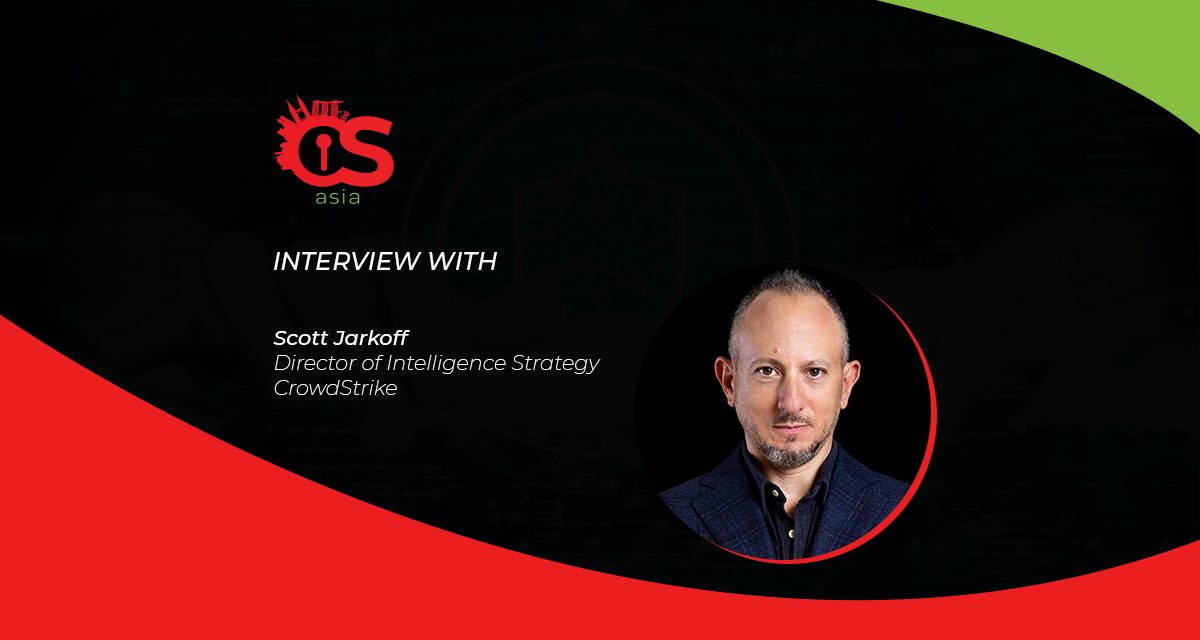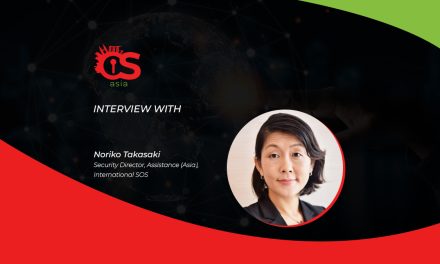The urgency for enhanced measures and awareness of SEO poisoning cannot be overstated, as we navigate through turbulent waters in the digital domain.
One trend that is vividly captured in CrowdStrike’s 2024 Global Threat Report is that 75% of cyber-attacks in 2023 were attributed to malware-free operations, with a strong focus on identity-based attacks.
This assertion is further bolstered by the nearly 20% rise in Dark Web access broker advertisements in 2023, compared to the previous year, underscoring the lucrative nature of selling harvested credentials.
What has this got to do with search engines and SEO? CybersecAsia finds out from Scott Jarkoff, Director of Intelligence Strategy, CrowdStrike.
How are cybercriminals manipulating search engines? How are search engines leveraged for clickbaiting and malware distribution?
Scott Jarkoff: Search Engine Optimization (SEO) poisoning is a sophisticated strategy employed by cyber criminals to subvert search engine algorithms for nefarious purposes. At the heart of this technique lies typosquatting – a deceptive practice wherein malicious actors register domain names similar to those of established and trusted entities, albeit with slight alterations.

These meticulously crafted facades serve to exploit inadvertent typing errors by internet users, thus ensnaring unsuspecting victims into the malevolent snares laid by these adversaries. In their quest to propel these fraudulent domains to the top of search engine listings, cybercriminals resort to blackhat SEO tactics.
This constellation of unscrupulous strategies is designed to unjustly augment a website’s visibility in search results. Tactics include:
Consequently, these harmful websites ascend the search engine ranks, masquerading as reputable sources. This illusion of credibility misleads users into believing prominence in search results equates to trustworthiness.
The peril escalates when individuals, deceived by these veneers of legitimacy, download what they presume are benign files. These files, however, may be trojans bearing malware designed to capture keystrokes, inject further malicious software, or propagate themselves across networks, potentially laying the groundwork for extensive ransomware attacks.
Moreover, these sites often employ social engineering tactics to perpetrate identity theft and data pilferage. A notable aspect of SEO poisoning is its capacity for targeting through specialization. Cybercriminals craft bespoke attacks tailored to specific demographics, such as IT administrators, by conducting thorough research to ensure their attacks resonate with and captivate their intended audience.
The realm of malicious advertising, or ‘malvertising’, represents an additional vector through which cybercriminals exploit SEO poisoning. This facet involves embedding malicious advertisements within the poisoned search results, directing users to pages laden with malware.
A case in point occurred in January 2023, where cyber criminals disseminated a Python-based malware via poisoned Google Ads, designed to exfiltrate sensitive information, including browser passwords and cryptocurrency wallet details.
This intricate web of deceit underscores the critical urgency for heightened vigilance and robust cybersecurity measures. The landscape of digital threats evolves with relentless ingenuity, compelling both individuals and organizations to fortify their defenses against these sophisticated and ever-emerging hazards.
What level of threat does SEO poisoning pose today, especially when combined with malvertising?
Jarkoff: Taken together, the digital landscape is currently under siege by SEO poisoning and malvertising, presenting grave risks to both enterprises and individuals across the regions.
The immediacy of this threat is underscored by CrowdStrike’s findings, highlighting the regular manipulation of Google advertisements by nefarious groups like LUNAR SPIDER, and the consistent deployment of SEO poisoning by entities such as SolarMarker operators.
These insidious strategies exploit the foundational trust placed in search engines and established websites by consumers and businesses alike. The burgeoning e-commerce sector in Southeast Asia, projected to reach a staggering $211 billion by 2025, has unfortunately become a prime target for cyber criminals looking to capitalize on this trust.
This scenario presents a particularly vulnerable vector for cyber-attacks, leveraging the ubiquitous reliance on search engines for product and service discovery, and on SEO and digital advertising by businesses aiming to reach their audience.
The menace of SEO poisoning lies in its capacity to erode the discernibility between authentic and fraudulent websites, often leaving consumers at a loss, especially when the visual presentation of these sites is quite similar.
The repercussions of succumbing to such deceptive tactics extend beyond immediate financial detriment from stolen credentials and malware dissemination; they encompass long-term reputational damage severely impacting a business’s marketing efficacy, and the quality of customer experience.
The principal objective behind these malevolent practices is the acquisition of genuine credentials, setting the stage for social engineering onslaughts. This type of cyber warfare has seen a marked increase, fueled by activities such as SEO poisoning and malvertising.
Once these cyber adversaries gain privileged access through even a single compromised user, their operations escalate with alarming speed. The average time it takes for these threat actors to expand their footprint within a network post-initial access – a metric known as breakout time – has notably decreased from 79 minutes in 2022 to a mere 62 minutes in 2023.
In fact, the fastest observed breakout time in 2023 was a little over 2 minutes, underscoring the swift rise in cybercriminal attack sophistication.
The absence of robust defenses and a vigilant posture against prevalent cyber-attack modalities like SEO poisoning and malvertising will spell disaster for organizations, affording defenders a scant hour to mitigate the ramifications and costs of an initial breach.
This scenario is particularly dire for Small and Medium-sized Enterprises (SMEs), which represent a significant portion of the business fabric in the region, where a cyber-attack could potentially result in a complete operational shutdown.
What can organizations do to protect their employees and customers against SEO poisoning?
Jarkoff: In the face of the growing threat posed by SEO poisoning, it is imperative for organizations to develop and refine their detection capabilities.
The intricacies of identifying SEO poisoning are nontrivial, yet they can be navigated through the strategic application of digital risk monitoring tools offering typosquatting detection.
These tools are instrumental in uncovering domains mimicking legitimate web sites, a common tactic used by adversaries to deceive users into visiting sites with malicious intent.
Additionally, the deployment of endpoint detection and response (EDR) solutions offers a robust mechanism for identifying indicators of compromise (IOC). These indicators, encompassing URLs with irregular activities, anomalous search engine placements, phishing lures, unanticipated traffic fluctuations, and dubious content, serve as harbingers of potential SEO poisoning.
Utilizing IOC lists as either watchlists or blocklists enables preemptive actions, such as detection and blocking, thus fortifying an organization’s defenses. The integration of EDR solutions with web gateways further diminishes the likelihood of users accessing harmful websites, thereby enhancing organizational security.
Beyond detection, proactive measures to thwart SEO poisoning are essential for safeguarding an organization’s brand, its employees, and its clientele. This entails the cultivation of a security-conscious culture among employees through targeted awareness training, ensuring the workforce is equipped to recognize and avoid the pitfalls of SEO poisoning.
Augmenting this, a robust internal security framework characterized by regular updates to security software and stringent web filtering acts as a critical bulwark against these attacks.
The capacity to promptly detect SEO poisoning not only shields an organization from the immediate dangers but also plays a pivotal role in protecting its broader ecosystem. Early detection facilitates swift response measures, including alerting affected parties and neutralizing the threat by taking down malicious web sites.
Ultimately, the agility and effectiveness with which an organization can identify and respond to SEO poisoning attempts are crucial determinants in its overarching cyber resilience strategy, underscoring the importance of vigilance and proactive defense in today’s digital landscape.
















